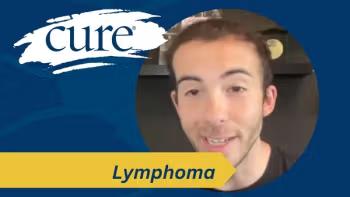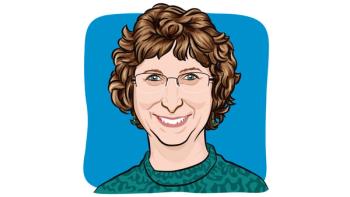
Did Chemo Cause a Late-Night Trip to the ER?
Is there a possible connection between chemo and AFIB?
Four days following the first cycle of chemo (for the second time) Ed had gotten past residual effects of the steroids and was looking forward to a good long night’s sleep. He had gone to bed before 10 p.m. but woke at 1 a.m. with discomfort high in his chest. He felt he could not get a deep breath. He felt palpitations in the back of his throat. He called out to Pattie and said, “I think we had better go to the hospital. Something is wrong.”
Pattie dressed hastily as Ed pulled on a t-shirt and a pair of sweat pants. Pattie helped Ed to the garage and into her car. Quickly, she drove to the emergency room entrance at Beebe Hospital. The discomfort in Ed’s chest was becoming more than mild. He grabbed a wheelchair just inside the door and wheeled up to the receptionist and announced he was having chest pains and was an active cancer patient. The crew in the emergency room went into action, taking Ed’s blood pressure and starting an IV line while also taking a blood sample. The monitors noted that Ed was in atrial fibrillation (AFIB). Luckily the blood test results revealed Ed was not having a heart attack.
It became a long night and at 5:30 a.m. the hospital doctors decided to give Ed electrical cardioversion. Ed’s heart came out of fibrillation for a short time and went back into AFIB again, but not as severe. Medications were being given intravenously and Ed was stabilized. He was being admitted to the cardiac ward for continued observation. Ed’s biggest complaint came from laying on a gurney for seven hours.
Ed knew he had a heart murmur due to aortic stenosis. It was monitored regularly by his cardiologist, Dr. Kenneth Sunnergren, and was considered stable. Ed’s heart was fully capable of moving a large quantity of blood, as determined by a recent exam. What happened then?
Dr. Barry Denenberg, a partner of Dr. Sunnergren, was on call and began treating Ed. Dr. Denenberg suspected right away that the AFIB was linked to Ed’s recent chemo cycle. A call was made to Tunnell Cancer and Dr. Aasim Sehbai, who was on call, came to the hospital. Dr. Sehbai agreed that possibly AFIB could be brought on by some chemo drugs but there had been no reports of such a thing occurring with the bendamustine given to Ed.
Ed was hospitalized for the next five days during which time his heart converted itself back to regular rhythm. Dr. Sehbai visited once again to see Ed, but had found nothing in the trials of bendamustine that indicated it could contribute to AFIB. Pattie visited Ed every day and stayed with him until he begged her to go home and take care of herself. She was such an unselfish caregiver who Ed always considered a gift from God.
Ed was growing restless laying around in bed all day long, when one morning a very perky nursing assistant came in and asked if Ed would like to take a walk around the cardiac ward. What a good idea. The nursing assistant stayed with him the whole time and they walked until Ed became fatigued. Pattie had remained in the room. The next day when the young, pretty and perky nursing assistant came in and asked Ed if he was ready to take a walk, Pattie jumped up and said, “I will take him.”
As the two walked down the hall, an eavesdropper could have heard the banter between Ed and Pattie that went something like, “Jealous?”
“You betcha. I am your primary caregiver and don’t you forget that.”
And she grabbed Ed’s arm and squeezed tightly. Ed knew it was always better to say, “Yes ma’am” and not “yes dear.”
Elizabeth Wilson, a nurse practitioner from Tunnell Cancer Center, checked on Ed before he was discharged from the hospital and assured him no connection had been found that Bendamustine could induce AFIB.
Ed had a follow-up visit with Dr. Sunnergren and was placed on oral medication in an attempt to prevent a reoccurrence of the AFIB. Blood thinners were also prescribed.




